Fine example of the highly important first modern plan of Moscow, published in St. Petersburg, published by Ivan Fyodorovich Michurin.
Michurin's plan of Moscow is one of the most important scientific milestones in the modern history of the City. Made at the request of Empress Elizabeth, who first ordered the creation of this new survey in 1731, it was drawn in collaboration with Sava Kashintsov, Maksim Enkuvatov, Aleksei Kertsov, and others. For nearly 50 years, all construction and city planning was based upon Michurin's landmark work.
As noted in by Albert Schmidt in The Architecture and Planning of Classical Moscow: A Cultural History (American Philosophial Society, 1989) at page 22:
As early as the spring of 1731, an edict appeared [stating] "as there is no accurate plan of Moscow, our residences and houses are built without order; therefore we require that an accurate plan of Moscovw, of large streets and small, be drawn. This task eventually fell to two young and talented Petersburg architects, Ivan Aleksandrovich Mordvinov, and, after his premature death in 1734, to Ivan Fedorovich Michurin.
The Plan of 1739 offered an entirely new perspective for transforming Moscow and its suburbs as far as the Kompeneiskii Wall. Based on a geodesic survey and thereby exhibiting the actual topography of the city, the plan showed streets, alleys, blocks, fortress walls and towers, chruches, large estates, groves, and fields. Although small in scale, the plan served as a basis for regulating streets, issuing permits, and approving plans for new construction until 1775.
Ivan Fyodorovich Michurin was a Russian architect whose designs marked a transition of Russian architecture from early Muscovite Baroque to mature Rastrelliesque style. Michurin studied in the Naval Academy (1718-1720) and was apprenticed to Nicola Michetti before completing his education in Holland (1723-1729). He worked primarily in Moscow, devising the first general plan of that city between 1734 and 1739.









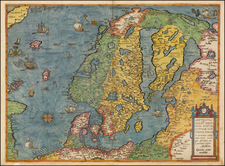
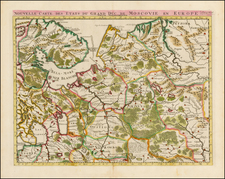
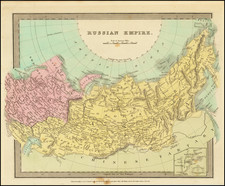
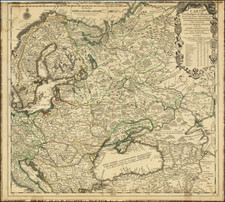
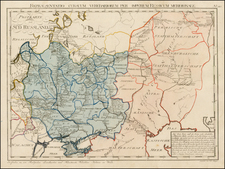
![[ Baltic, Poland, Ukraine, Russia ] Tabula VIII Europe (title on verso)](https://storage.googleapis.com/raremaps/img/small/50926.jpg)